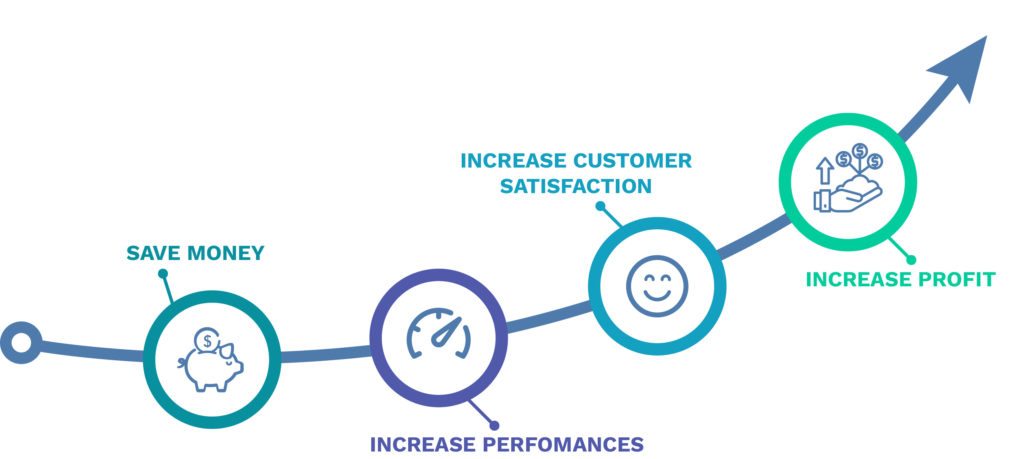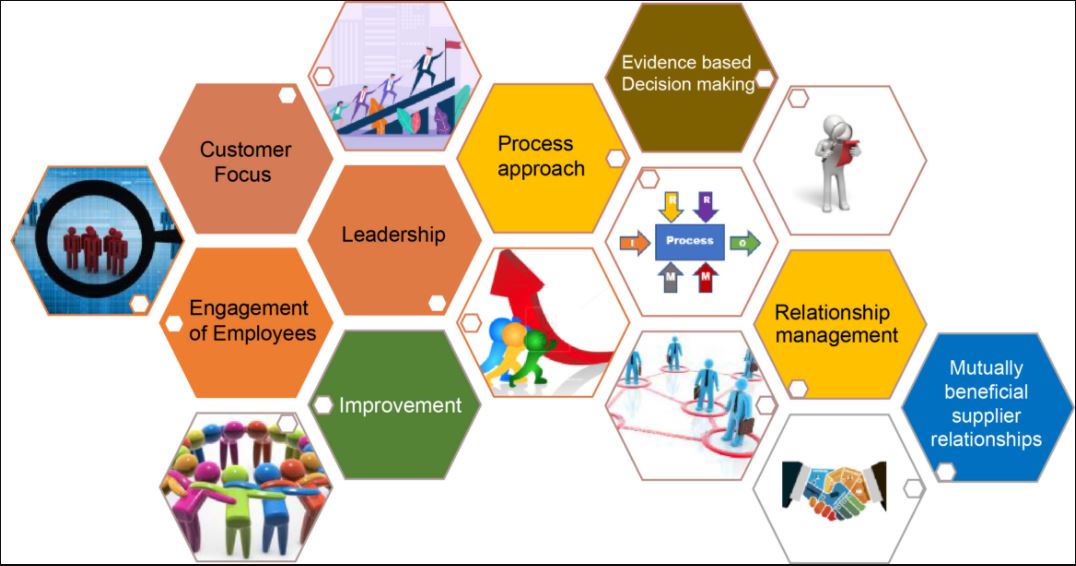Interested in knowing the benefits and Principles of ISO 9000?
The possibility of a commercial business making inadequate profits (or even losses) due to uncertainties is risky business.
Every day, businesses deal with different challenges, risks and opportunities and business owners have to constantly think of how to tackle both the risks and the opportunities.
The ISO 9000 family of Quality Management Systems (QMS) standards are successfully used all over the world and, based on an ISO survey in 2017, over one million certificates to the standards have been issued across 187 countries to date.
This quality management system is designed to ensure that organizations consistently meet their customers’ requirements and that quality is also consistently improved. It does so, by increasing productivity and efficiency, and therefore, bringing internal costs down.
Benefits of ISO 9000
The most recognized benefits of ISO 9000 are:
- Gain competitive advantage in the market;
- Helps to develop and expand business to new and global markets;
- Improve customers satisfaction;
- Documented management system and improved communication.

The most recognized benefits of ISO 9000
Principles of ISO 9000 series of standards
-
Management commitment and leadership
This is one of the most important elements for the successful implementation of ISO standards. Without such support, the system will not function effectively.
-
Continual improvement
The ISO 9000 series of standards formulates a structured approach to continual improvement through which communication between all levels of personnel is promoted. The standard adopts the input/process/output paradigm to enable and create a culture of quality that is improvement oriented. The measurement of performance is enabled throughout the organization, such that comparisons may be tabled year after year, thus improving the speed of return.

-
Customer focus
The continual drive to plan for and meet customers’ requirements is a key element, which will guarantee customer satisfaction and therefore, encourage repeat business and customer loyalty.
-
System approach to management
Organizations sustain success when processes are managed as one coherent quality management system.
-
Process approach
The process integration enables each variable to be scrutinized, thereby promoting continual improvement and performance.
-
Factual approach to decision-making
Decisions are factually orientated through the collection of statistical information that is evidence-based and improvement-related.
-
Employee engagement
The systems and process approach enable communication among employees, who are then able to identify and resolve problems.
-
Mutually beneficial supplier relationships
Organizations that carefully manage their relationships with suppliers and partners can nurture positive and productive involvement, support and feedback from those entities.
In conclusion, the implementation of ISO 9000 is a slow process that requires change in the culture of quality perceptions. The impact of implementation should be gradual and focus on people and attitude change throughout the organization.
Interested in learning more about ISO 9000?
If you are interested in learning more about ISO 9000, you can review some of our articles on the subject.




